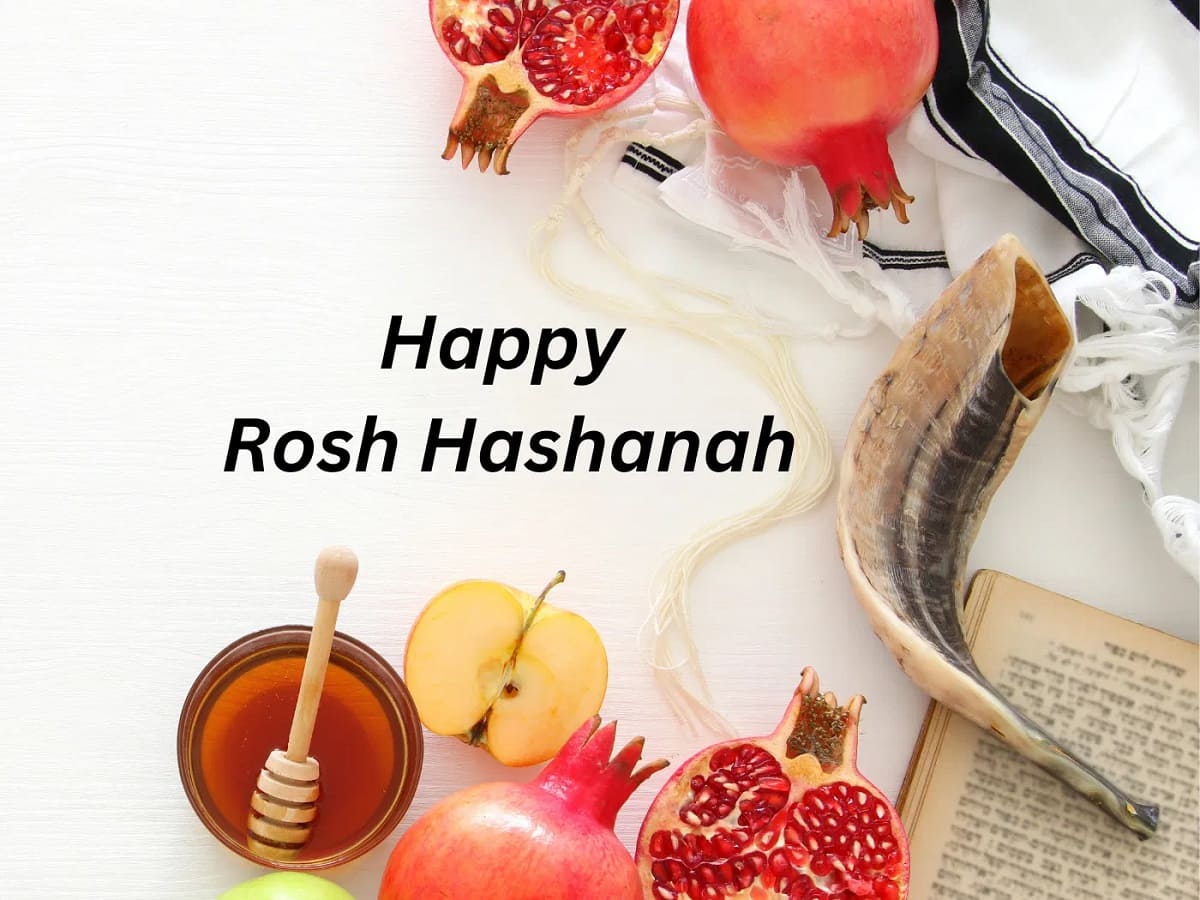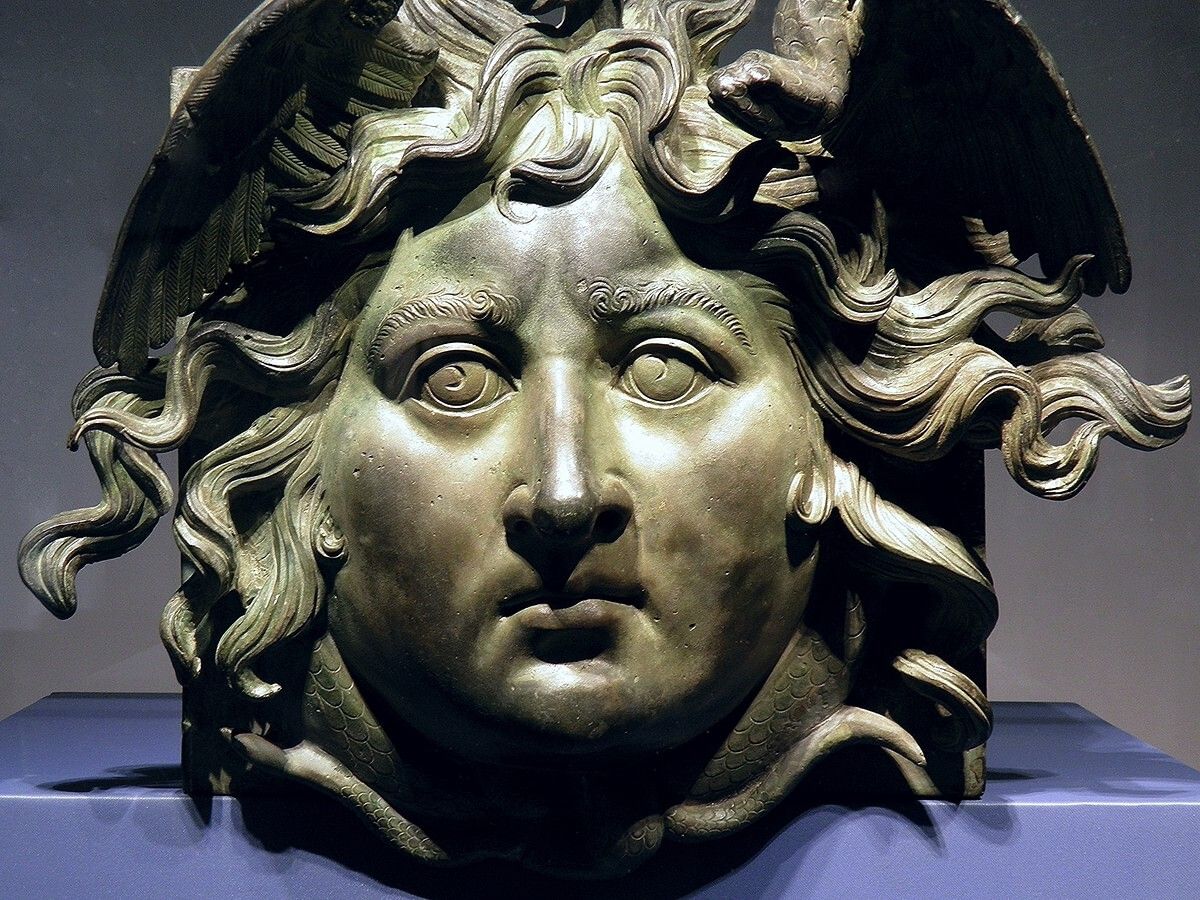
What is the Jewish New Year 2024? Rosh Hashanah, the Jewish New Year, begins at sundown on October 2, 2024, and ends after nightfall on October 4, 2024. This holiday marks the start of the year 5785 in the Hebrew calendar. Celebrated as the birthday of the universe, Rosh Hashanah is a time for reflection, prayer, and repentance. Traditions include blowing the shofar, eating symbolic foods like apples dipped in honey, and attending synagogue services. The holiday also kicks off the Yamim Noraim, or Days of Awe, a ten-day period leading up to Yom Kippur, the Day of Atonement.
Key Takeaways:
- Rosh Hashanah 2024 begins at sundown on October 2 and ends after nightfall on October 4. It's a time of reflection, prayer, and celebration, marking the creation of Adam and Eve.
- Rosh Hashanah is rich with traditions and customs, including blowing the shofar, lighting candles, and enjoying symbolic foods like apples dipped in honey and round challah bread.
Date and Duration of Rosh Hashanah 2024
Rosh Hashanah, the Jewish New Year, is a time of reflection, prayer, and celebration. Let's dive into some fascinating facts about this important holiday in 2024.
-
Rosh Hashanah 2024 begins at sundown on October 2, 2024, and ends after nightfall on October 4, 2024.
-
The Jewish calendar is lunisolar, combining elements of both the solar and lunar calendars.
-
The year 5784 began at sunset on September 15, 2023, and will end at sunset on October 2, 2024.
Significance and Traditions
Rosh Hashanah is rich with traditions and customs that have been passed down through generations. Here are some key aspects of the holiday.
-
Rosh Hashanah is celebrated as the birthday of the universe, marking the creation of Adam and Eve.
-
The traditional greeting during Rosh Hashanah is "Shanah Tovah," meaning "Good Year."
-
Another common greeting is "Ketivah v’Chatimah Tovah," meaning "May you be inscribed and sealed for a good year."
-
The central observance of Rosh Hashanah is blowing the shofar, a ram’s horn, on both mornings of the holiday (except on Shabbat).
-
Candle lighting marks the beginning of the holiday each evening.
-
Traditional foods include round challah bread and apples dipped in honey, symbolizing wishes for a sweet year.
-
All work is paused to focus on prayer, reflection, and the themes of the day.
Observances and Customs
Rosh Hashanah is observed for two days, even though the Torah mentions only one day. This practice has historical roots and ensures the holiday is celebrated correctly.
-
Rosh Hashanah is observed for two days due to ancient uncertainties about the new moon's sighting.
-
Rosh Hashanah marks the beginning of the Yamim Noraim, or Days of Awe, a ten-day period of repentance and forgiveness.
-
During the holiday, there are 100 blasts of the shofar: Tekiah (a long blast), Shevarim (three shorter blasts), and Teruah (a series of rapid, staccato sounds).
-
On the second night of Rosh Hashanah, it is customary to eat a new fruit to symbolize new experiences and fresh beginnings.
Historical Background
Rosh Hashanah has evolved over centuries, influenced by various traditions and customs. Let's explore its historical significance.
-
Rosh Hashanah was not always the Jewish New Year; the Torah initially set the beginning of the year at the start of Nisan.
-
The holiday becomes identified as “Rosh Hashanah” during the 1st century CE in Mishnah Rosh Hashanah 1.1.
-
The practice of observing two days for Rosh Hashanah dates back to ancient times when the sighting of the new moon was uncertain.
-
Maimonides explained that Rosh Hashanah is the only Jewish holiday that begins on the first day of a new month, leading to the establishment of two days for complete worship.
Symbolic Foods
Food plays a significant role in Rosh Hashanah celebrations, with each item carrying deep symbolic meaning.
-
Apples and honey symbolize wishes for a sweet year.
-
Round challah bread, often filled with raisins, represents a full and sweet year.
-
Fish heads are eaten to symbolize being the "head" and not the "tail" among nations.
-
Pomegranates represent abundance and fertility, symbolizing wishes for a fruitful year.
-
Brisket and tzimmes are traditional dishes served at holiday meals, representing wishes for a good and sweet new year.
Unique Customs and Practices
Different communities have unique ways of celebrating Rosh Hashanah, adding to the holiday's rich tapestry.
-
The shofar is never blown on Shabbat to ensure the holy day of rest is observed without disturbance.
-
On the second night of Rosh Hashanah, it is customary to eat a new fruit to symbolize new experiences and fresh beginnings.
-
Tens of thousands of Hasidic Jews make a pilgrimage to Ukraine for an annual Rosh Hashanah gathering known as a “kibbutz.”
-
It is traditional to fast on the day after Rosh Hashanah, known as the Fast of Gedaliah, commemorating the assassination of Gedaliah.
Rosh Hashanah in Modern Times
Rosh Hashanah continues to be celebrated with great enthusiasm in contemporary society, reflecting its enduring significance.
-
Communities around the world come together to mark the occasion with synagogue services, festive meals, and various customs and traditions.
-
Rosh Hashanah is associated with the Book of Life, where it is believed that God inscribes the names of the righteous for the coming year.
-
The holiday encourages personal reflection, focusing on spiritual self-improvement, seeking forgiveness, and asking for a favorable judgment.
-
Symbolic foods like apples dipped in honey, round challah bread, and pomegranates add a rich layer of meaning to the holiday’s traditions.
-
Rosh Hashanah liturgy has inspired at least two rock songs, adding a unique and meaningful dimension to the holiday.
-
The holiday remains a vital part of Jewish identity and culture, celebrated with great fervor and enthusiasm.
-
Rosh Hashanah is one of four Jewish new years, each marking different aspects of the calendar and traditions.
-
The first of Nisan is the beginning of the year according to the Book of Exodus.
-
Tu Bishvat, the 15th day of the Hebrew month of Shevat, is the new year for trees.
-
The first of Elul, usually in August, is the new year for the tithing of animals.
-
Rosh Hashanah has significant historical roots, evolving over centuries and influenced by various traditions and customs.
-
The practice of observing two days for Rosh Hashanah dates back to ancient times when the sighting of the new moon was uncertain.
-
In contemporary society, Rosh Hashanah continues to be celebrated with great fervor and enthusiasm, reflecting its enduring significance.
Reflecting on Rosh Hashanah 2024
Rosh Hashanah 2024, starting at sundown on October 2 and ending after nightfall on October 4, is a time for reflection, prayer, and repentance. This holiday marks the birthday of the universe and the creation of Adam and Eve. Traditions like blowing the shofar, eating symbolic foods such as apples dipped in honey, and lighting candles are central to the celebration. The Days of Awe begin with Rosh Hashanah and end with Yom Kippur, emphasizing the importance of seeking forgiveness and improving oneself. Observing two days ensures the holiday is celebrated correctly, a practice dating back to ancient times. Whether through synagogue services, festive meals, or personal reflection, Rosh Hashanah remains a vital part of Jewish identity and culture. This holiday encourages us to look back on the past year and set a positive tone for the year ahead.
Frequently Asked Questions
Was this page helpful?
Our commitment to delivering trustworthy and engaging content is at the heart of what we do. Each fact on our site is contributed by real users like you, bringing a wealth of diverse insights and information. To ensure the highest standards of accuracy and reliability, our dedicated editors meticulously review each submission. This process guarantees that the facts we share are not only fascinating but also credible. Trust in our commitment to quality and authenticity as you explore and learn with us.


